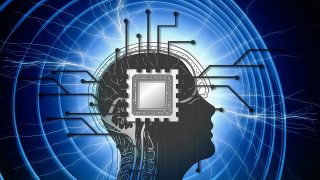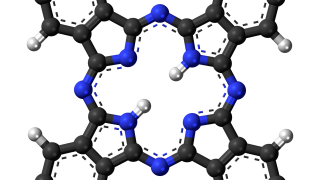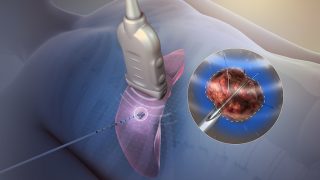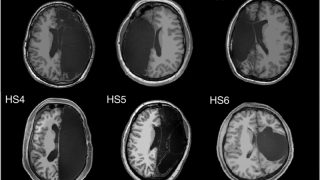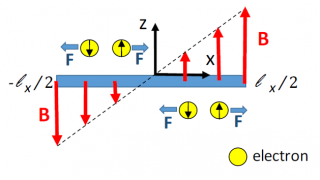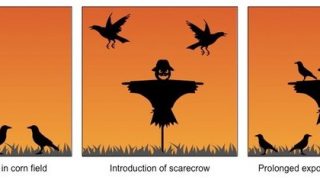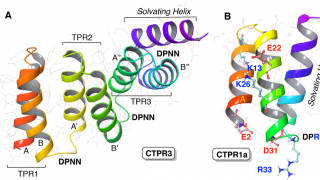
A bacterium behind celiac disease?
I am sure you know people who have decided to go gluten-free because they want to be healthy. However, for most of these people buying gluten free products is just a way of throwing money away since only about 1-2% of Europeans suffer gluten intolerance (celiac disease). Could it be that a bacterium is behind […]

